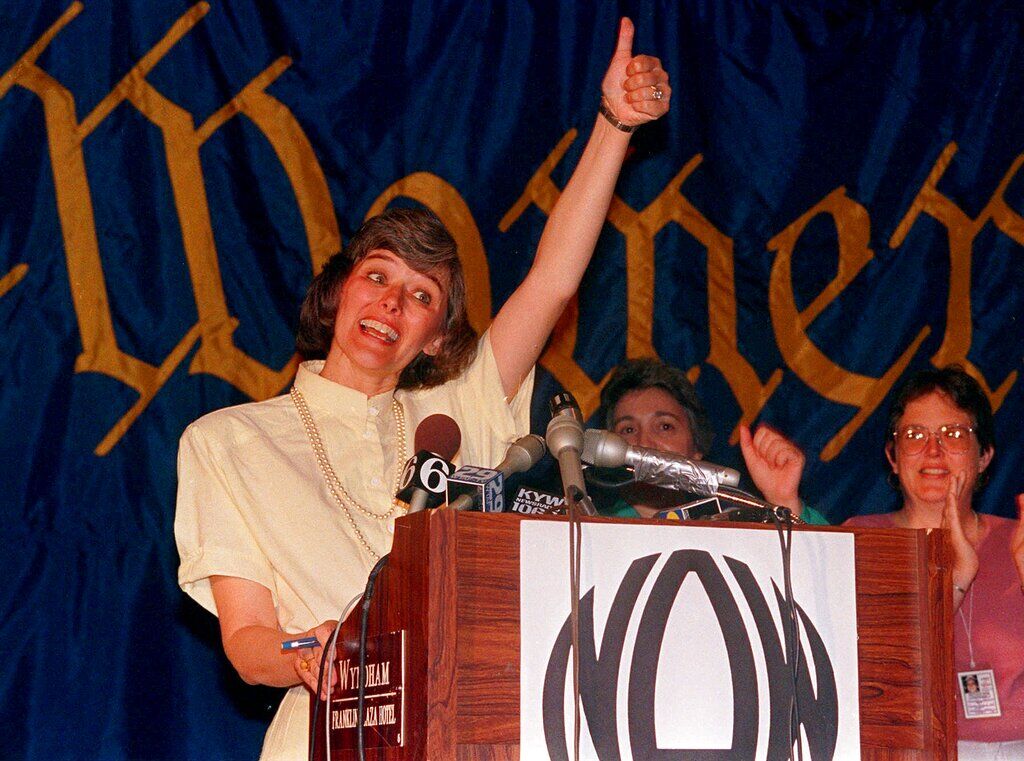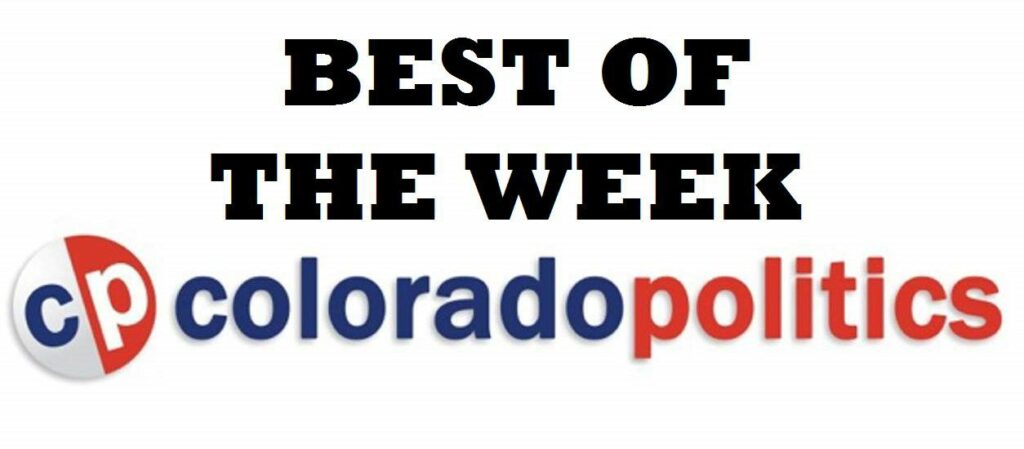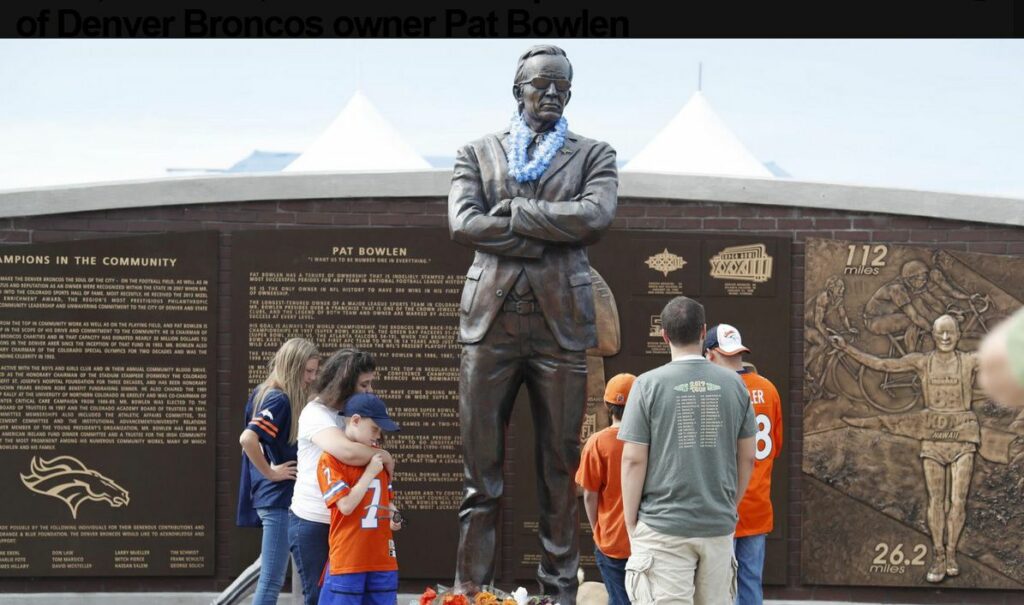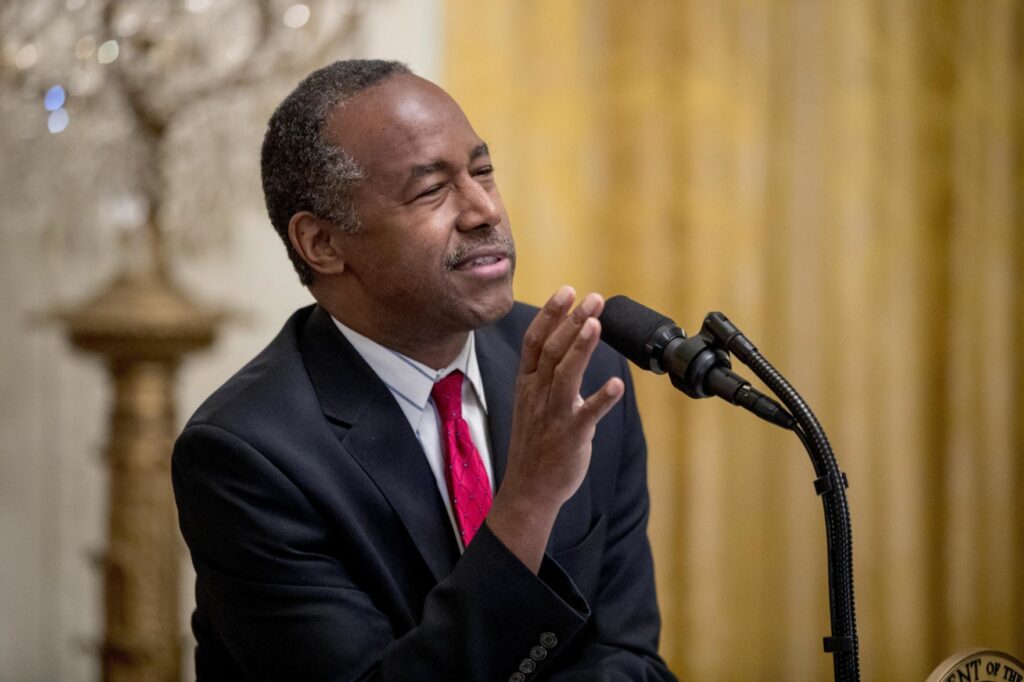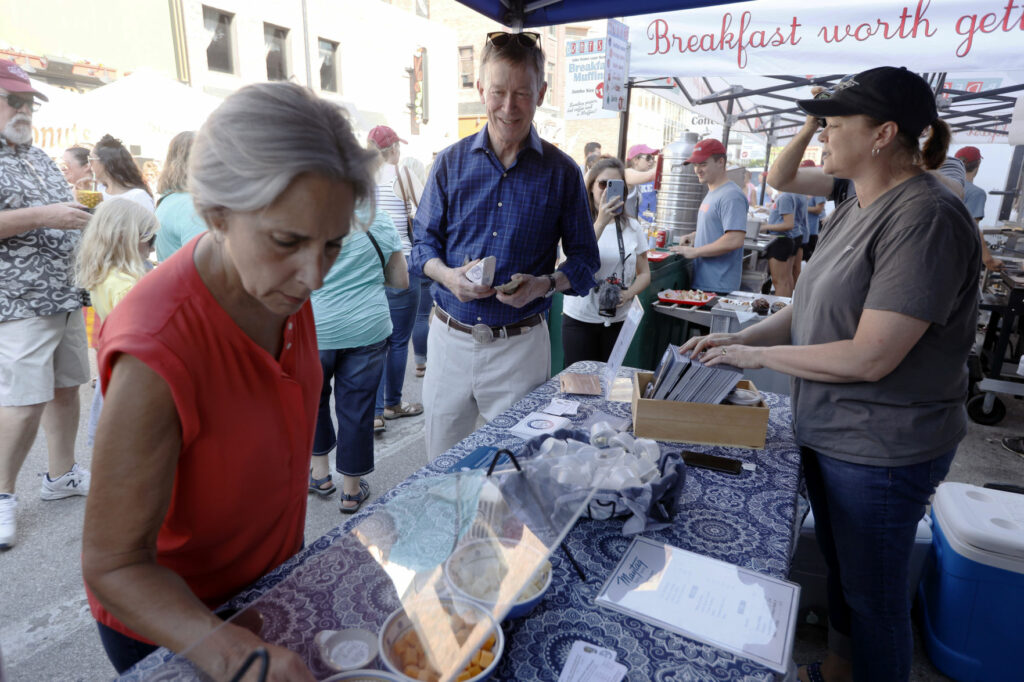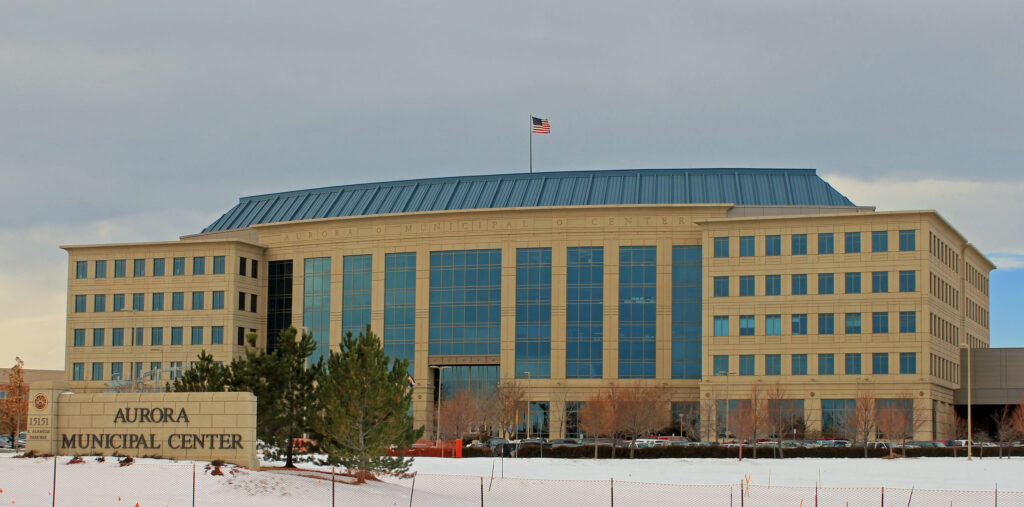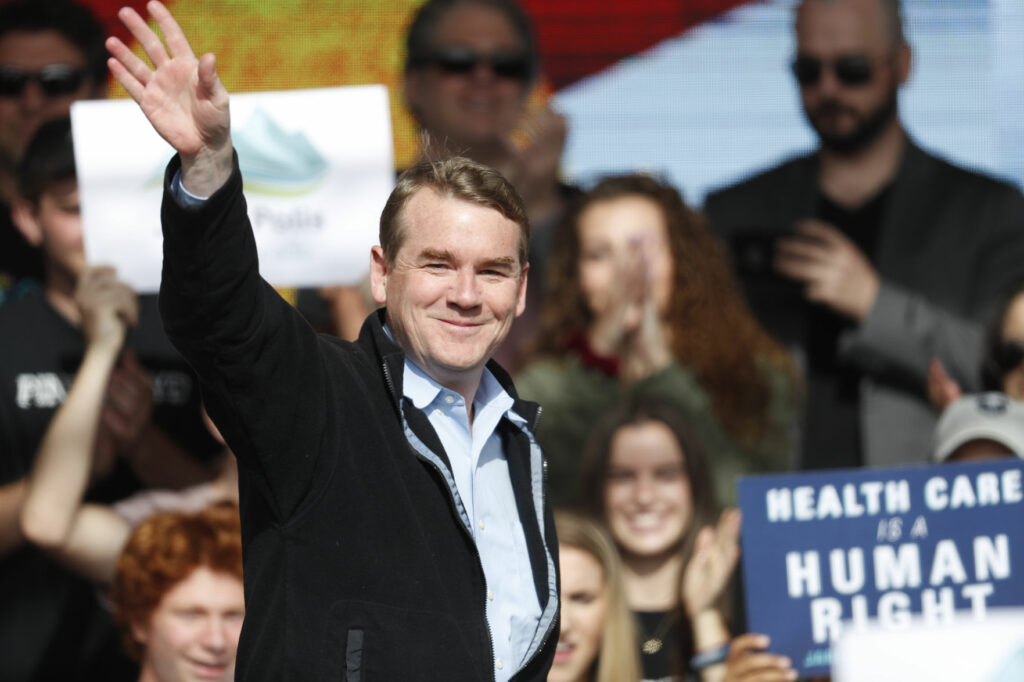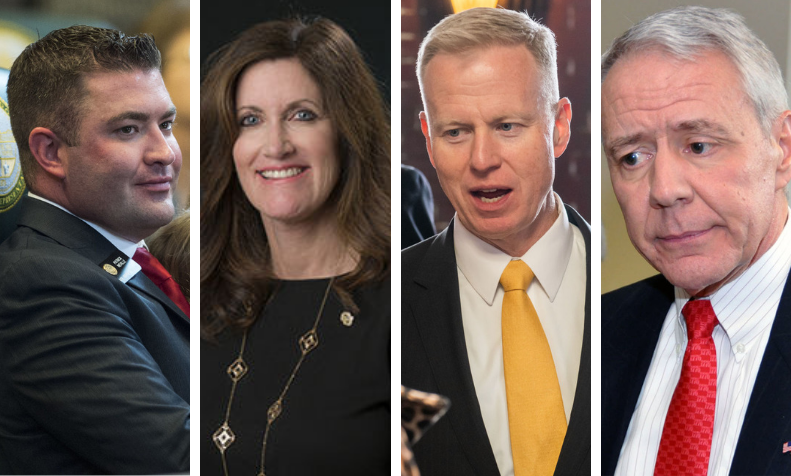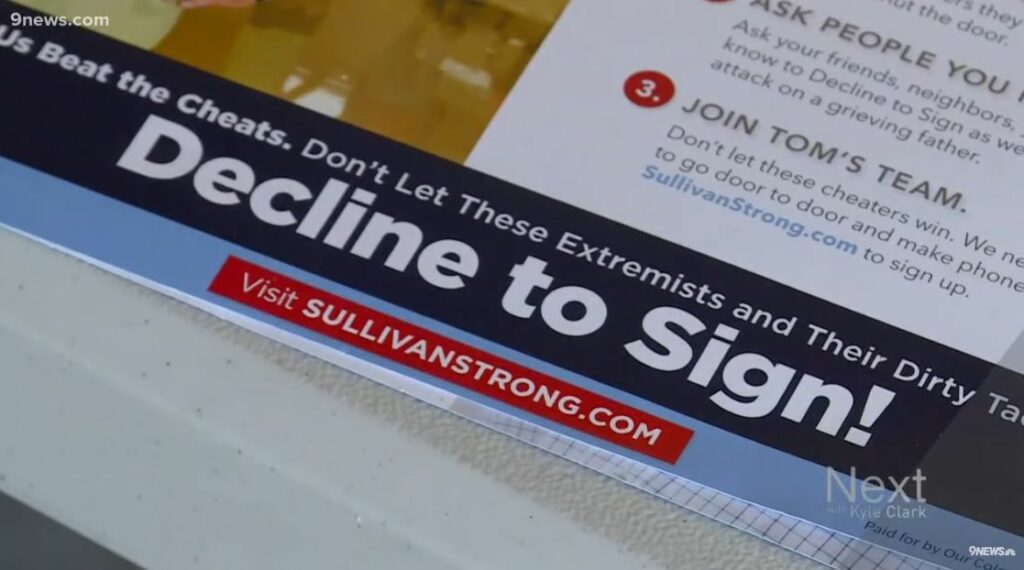Sifting out the stunt work in Colorado politics
One person’s political stance can be another’s political stunt. And the often-blurred line between the two can disappear entirely in news coverage. So, how’s the public to tell the difference?
If it’s the news media’s duty to cull wheat from chaff – clarifying which political developments are the real deal and which were ginned up in advance – we often enough drop the ball. Or worse, we pick it up and run with it, content to have a “story” even if it was calculated, contrived and packaged for us in the first place.
A few weeks back, a federal judge in Denver arguably did the media’s job for them – declaring from the bench, in so many words, that a brouhaha unfolding in his courtroom struck him as a “political stunt.” Yet, even after duly reporting that assessment by U.S. District Judge Wiley Daniel, the media proceeded to cover the saga of the rogue “Hamilton electors” – remember them? – as if their elaborate plan to manipulate the Electoral College ever had a prayer of derailing the election of Donald Trump. As if the whole affair were anything more than eleventh-hour attempt to discredit and denounce The Donald one more time.
It was all about choreography. Which is to say it was as authentic as a flash mob doing The Dab at a shopping mall, and we knew it, but we pursued it just the same.
So here we are on the eve of Trump’s inauguration, and the national debate has turned to plans by the president-elect and the Republican Congress to roll back Obamacare. Loathed on the right but loved on the left, the policy certainly has its partisans. And what better way for them to showcase popular support for the outgoing administration’s most prominent program than to stage a sing-in at a routine meet-and-greet with a GOP congressman who wants to repeal it?
9News’s Nelson Garcia captured it on video:
They didn’t show up just to work on their Woody Guthrie repertoire, of course. As those who turned out told 9News, they were upset U.S. Rep. Mike Coffman was going to take away a health-care policy they needed. One of the elderly citizens who spoke on camera seemed primed to recount her particular plight.
Of course, the public didn’t necessarily perceive any of it as staged. Why would they? They saw angry constituents thronging a community meeting with their congressman. They saw follow-up TV footage of Coffman dashing out of the meeting venue, a library in Aurora – hey, was he leaving by the back door? – even as some of those in attendance complained they had been waiting to meet with the politician and now felt jilted.
It was the same on social media in the aftermath of the Saturday event. Coffman’s critics took to Twitter in droves to denounce him for, seemingly, ducking out on some of his constituents before all could be heard.
Then Coffman’s re-election campaign pushed back via Twitter on his behalf, referring to the citizens who had packed his meeting as, “…activists angry about the impending repeal of Obamacare” who had come “…with the goal of making a show.”
Meaning, the whole thing was orchestrated. That prompted another round of tweets from critics. They chided the Coffman camp for asserting that the crowd consisted of organized “activists” rather than constituents acting on their own.
In politics, planets generally don’t just align by themselves. A host of activists, consultants and operatives nudge them into place – scripting talking points, placing calls, scoping out camera angles, organizing protesters and the like.
Then, they call the news media.
It’s a timeless routine, even a ritual, of political coverage. We in the media are often spoon-fed these events, and we know it, but we go along with it just the same. Each side gets what it wants out of the relationship.
The public? It’s left in the dark.
As the dust settled but the debate lingered on Twitter on Tuesday, at least one observer got to the heart of the matter:
OK, but does it really matter? Probably not if the point is merely to provide a platform for a political viewpoint for the public’s consideration – however prefabricated the platform itself might be. By that standard maybe we are accomplishing our mission so long as we get the superficial facts straight, to be taken at face value.
Yet, if the point is also to reveal to the public how much heft, depth and breadth there is – or isn’t – to a political cause, maybe we should be digging deeper.


